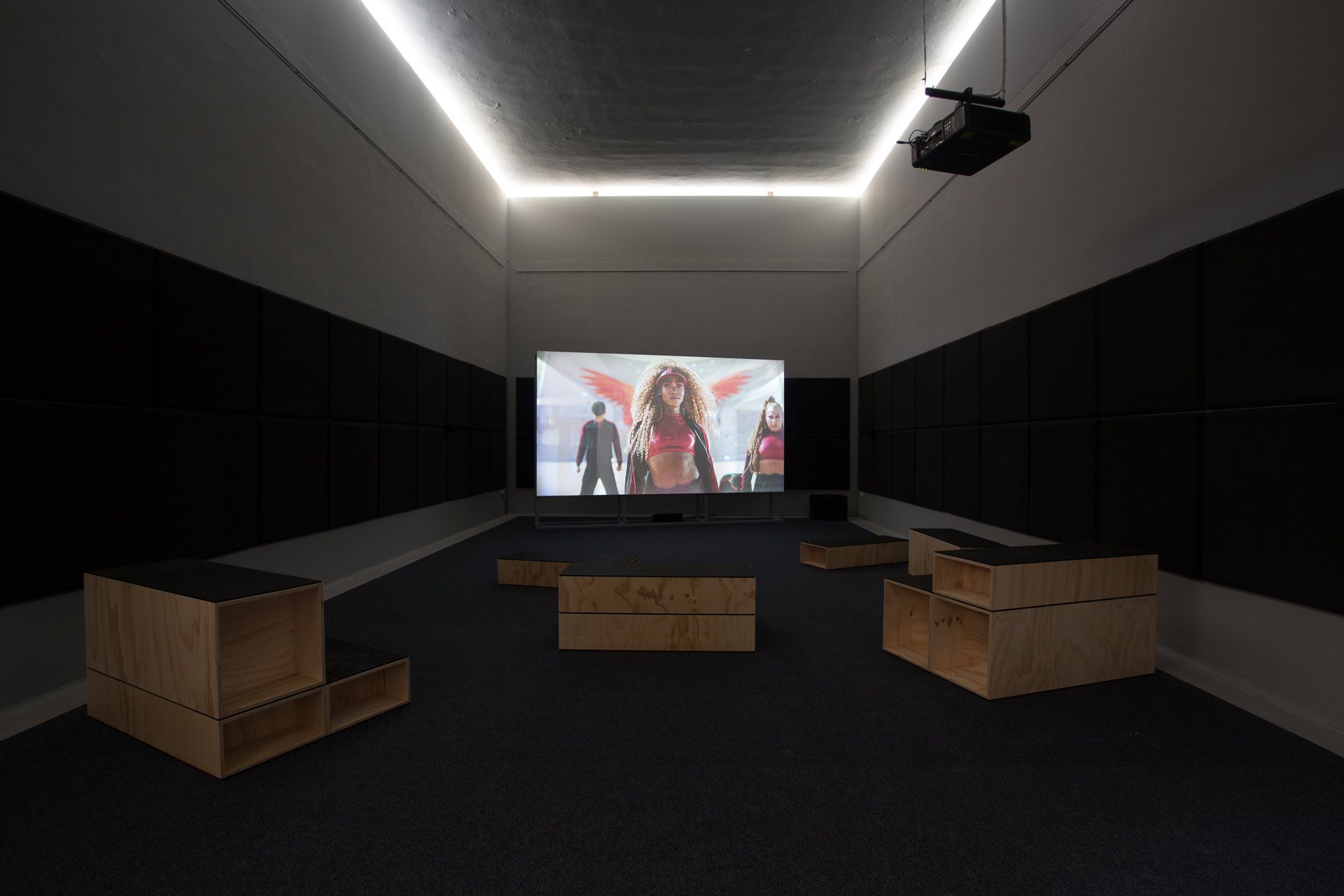Besideness: distance and proximity as queer disorientations to inhabit projective moving image installations
Main Article Content
Abstract
This article explores the experience of disorientation within projective moving image installations through a case study of the artwork Swinguerra (2019) by Barbara Wagner and Benjamin de Burca. The encounter with the case study evoked an experience of disorientation due to the confusing process of deciding which way to look, which room to enter, which side to walk towards in the art gallery. Engaging with music video aesthetics, this case study portrays Brazilian queer dance groups that work with popular music from the northeast of Brazil. Rather than representing these bodies, Wagner and de Burca speak nearby to them through a besideness attitude, allowing the dancers to speak for themselves in the film. Besideness comprehends an attitude that destabilises normative positionalities to challenge binarisms and hierarchies that can privilege the experience of some bodies to the detriment of others.
I employ a queer phenomenological and autoethnographic methodology to explore the fleeting disorientated moments that emerged in the live encounter with this artwork. This is to account for an analysis that considers self-narration and autobiographical notes of a queer researcher as queer methods appropriate to approaching disorientation as a queer affective experience. I argue that my physical and affective positionality in relation to the two projective moving images located in the art gallery affected the other bodies I shared the space with, leading to the necessity of also employing a besideness attitude and demonstrating how distance and proximity from objects can only be understood if in relation to each other.
Article Details

This work is licensed under a Creative Commons Attribution 4.0 International License.
Authors who publish with this journal agree to the following terms:
- Authors retain copyright and grant the journal right of first publication with the work simultaneously licensed under a Creative Commons Attribution License that allows others to share the work with an acknowledgement of the work's authorship and initial publication in this journal.
- Authors are able to enter into separate, additional contractual arrangements for the non-exclusive distribution of the journal's published version of the work (e.g., post it to an institutional repository or publish it in a book), with an acknowledgement of its initial publication in this journal.
- Authors are permitted and encouraged to post their work online (e.g., in institutional repositories or on their website) prior to and during the submission process, as it can lead to productive exchanges, as well as earlier and greater citation of published work (See The Effect of Open Access).

